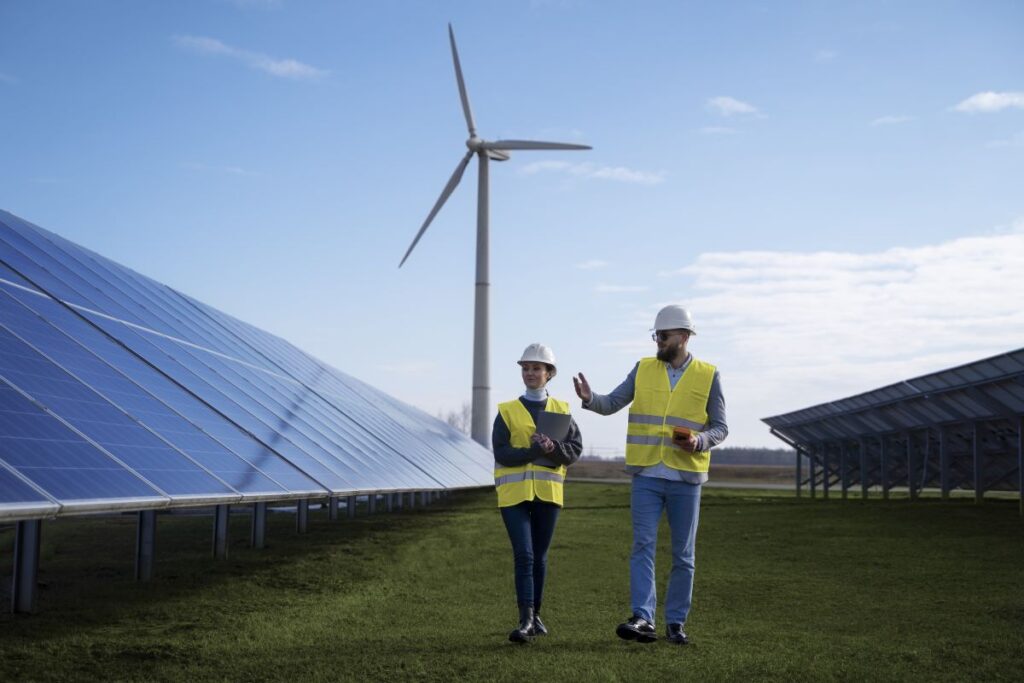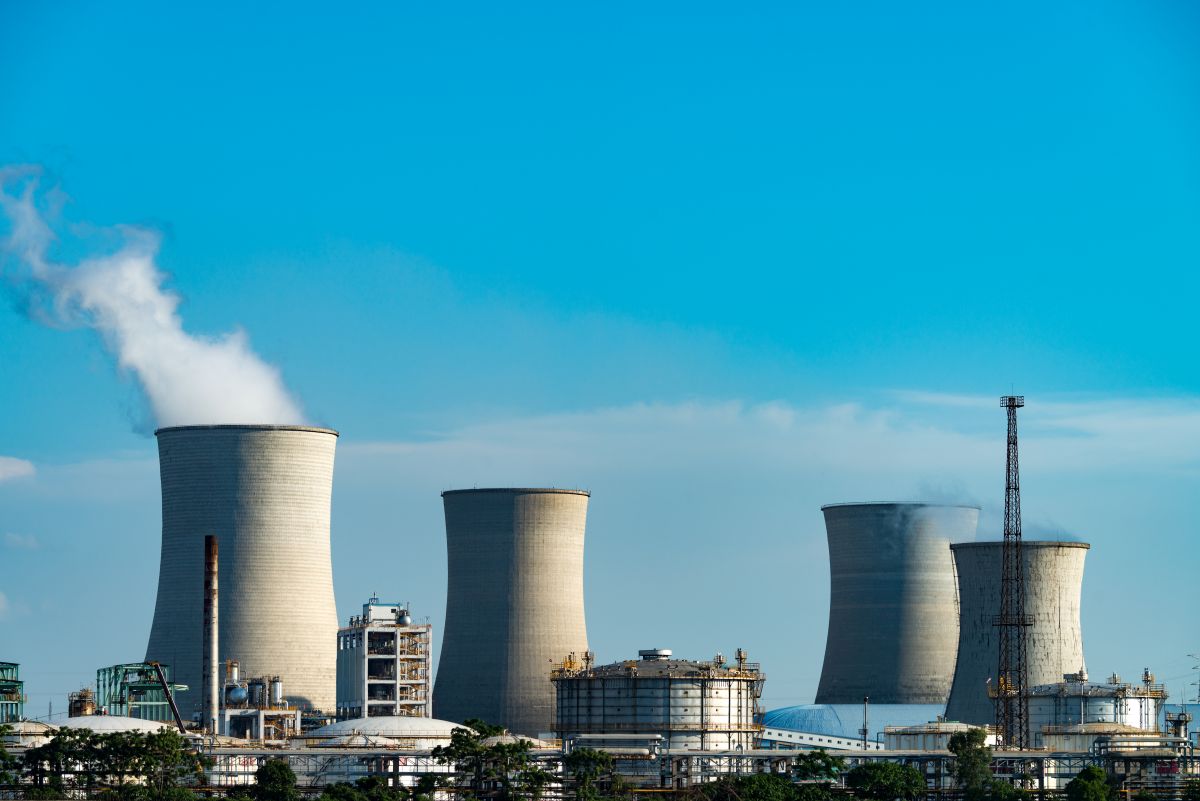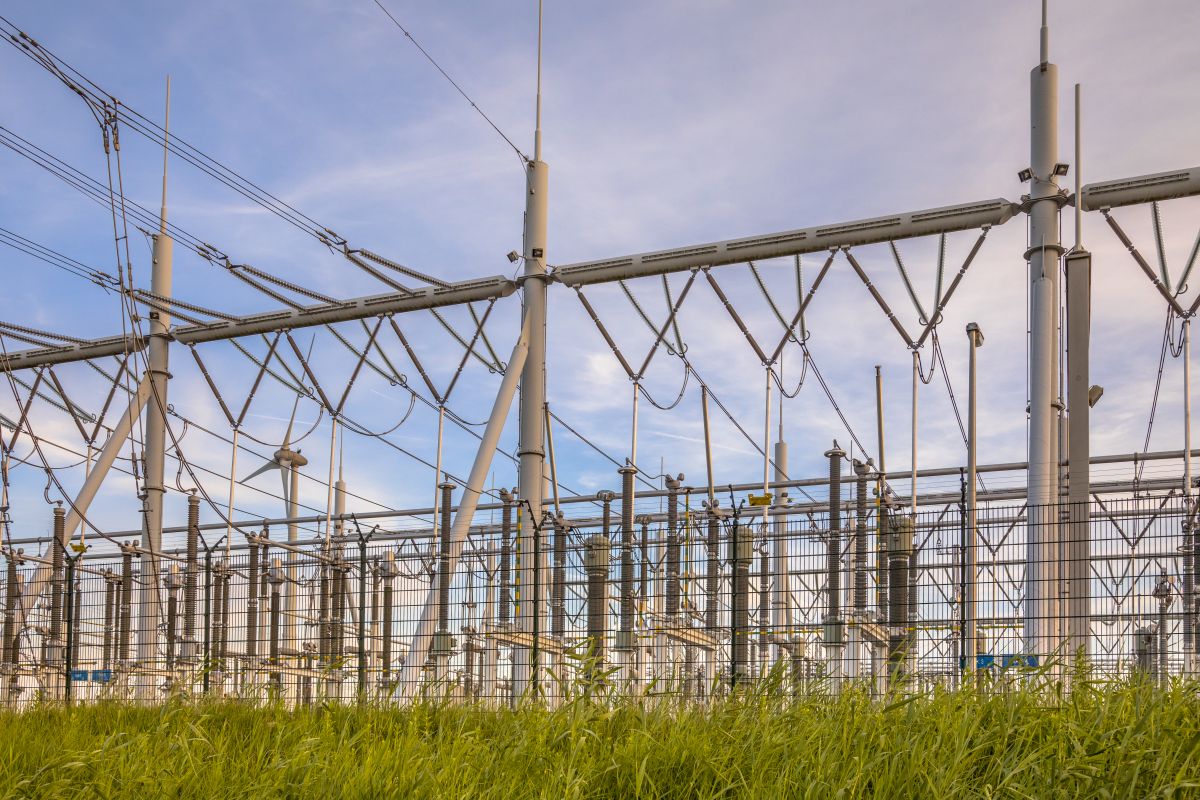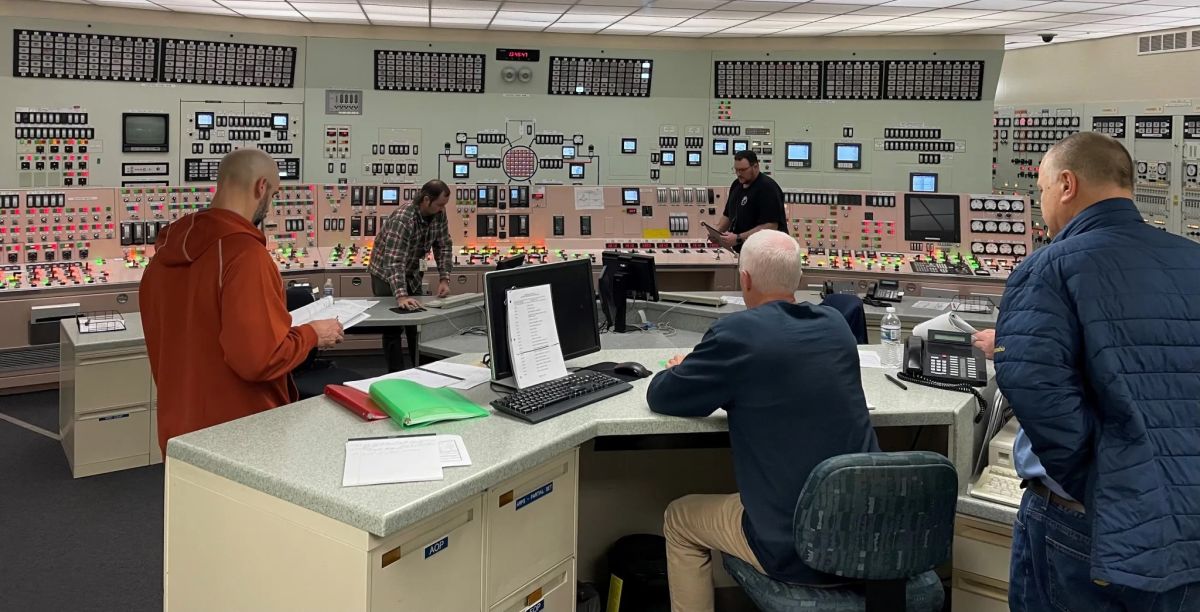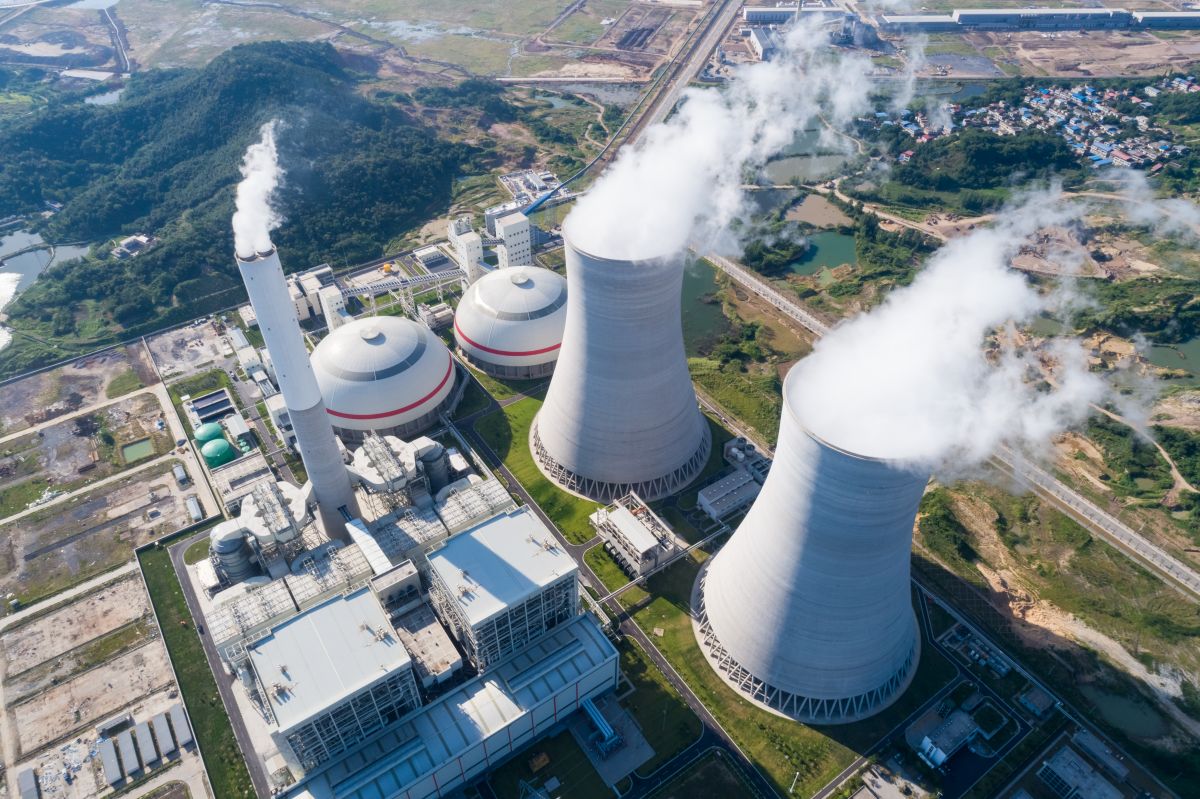The traditional centralized power generation model is becoming less viable as the world transitions toward sustainable energy solutions. The emergence of renewable energy sources like solar and wind has necessitated a shift toward more flexible and efficient energy management systems. This shift has introduced Virtual Power Plants (VPPs), a transformative technology that uses decentralized energy resources to optimize generation, distribution, and consumption. This blog explores the technical aspects of VPPs, their benefits, and their role in the future of energy management.
Related Blog: How Digital Twin Technology is Revolutionizing Power Plant Operations
Understanding Virtual Power Plants
What is a virtual power plant? A Virtual Power Plant (VPP) is a network of decentralized, medium-scale power-generating units such as solar panels, wind turbines, and battery storage systems. These units are integrated into a cloud-based control system, allowing real-time monitoring and optimization of energy generation and distribution. Unlike traditional power plants, VPPs do not have a physical central facility. Instead, they use advanced algorithms and smart grid technologies to coordinate and balance Distributed Energy Resources (DERs) output, ensuring grid stability and efficiency.
Technical Operation of Virtual Power Plants
Increasing the capacity of virtual power plants (VPPs) to between 80 and 160 gigawatts (GW) could save up to $10 billion annually in grid costs. VPPs operate through a central control system that takes data from various DERs. This system uses predictive analytics and real-time data to predict energy demand and generation capacity. It then adjusts the output of individual units accordingly, either by increasing production during peak demand or storing excess energy during periods of low demand. This dynamic management capability allows VPPs to provide support services such as frequency regulation, voltage support, and demand response, enhancing the overall stability and reliability of the power grid.
Integration with Renewable Energy Sources
One of the primary advantages of VPPs is their ability to integrate renewable energy sources into the grid effectively. The intermittent nature of solar and wind power poses challenges to traditional energy systems. VPPs address this by aggregating multiple DERs, smoothing out fluctuations in energy generation. Advanced energy storage systems within the VPP can store surplus energy generated during sunny or windy periods and dispatch it during low generation, ensuring a continuous and reliable power supply. This capability makes VPPs crucial in transitioning to a renewable energy-based grid.
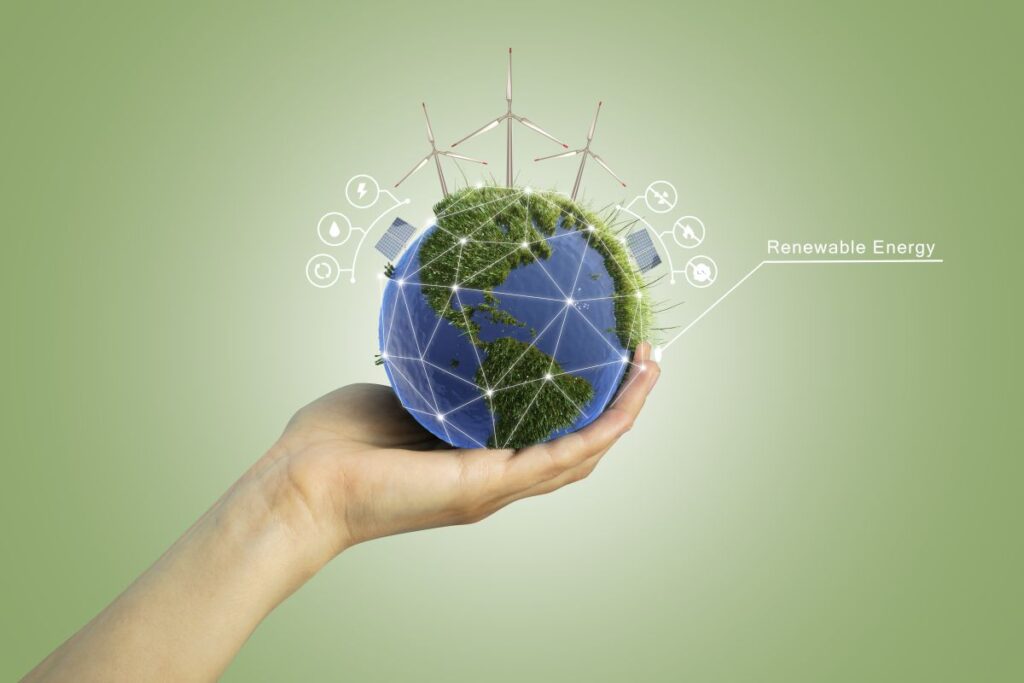
Benefits of Virtual Power Plants
In the United States, the Department of Energy estimates that Virtual Power Plants (VPPs) have a capacity ranging from approximately 30 to 60 gigawatts. The implementation of VPPs offers several significant benefits. First, they enhance grid reliability by providing flexible and responsive energy management solutions. Second, they reduce energy losses associated with long-distance transmission by utilizing local generation sources. Third, they enable the efficient use of renewable energy, reducing reliance on fossil fuels and lowering greenhouse gas emissions. Additionally, VPPs empower consumers to become active participants in the energy market, potentially lowering their energy costs and promoting energy independence. These advantages make VPPs a cornerstone of modern, sustainable energy infrastructure.
Conclusion
In conclusion, Virtual Power Plants (VPPs) represent a shift in energy management, offering a scalable, flexible, and efficient solution for integrating renewable energy sources into the grid. By leveraging decentralized energy resources, VPPs enhance grid stability, reduce transmission losses, and promote the efficient use of renewable energy. As the world continues to move towards a sustainable energy future, VPPs will play an increasingly vital role in ensuring a reliable and resilient power supply. Embracing this innovative technology is essential for achieving global energy sustainability goals and mitigating the impacts of climate change.
Disclaimer: Any opinions expressed in this blog do not necessarily reflect the opinions of Certrec. This content is meant for informational purposes only.


